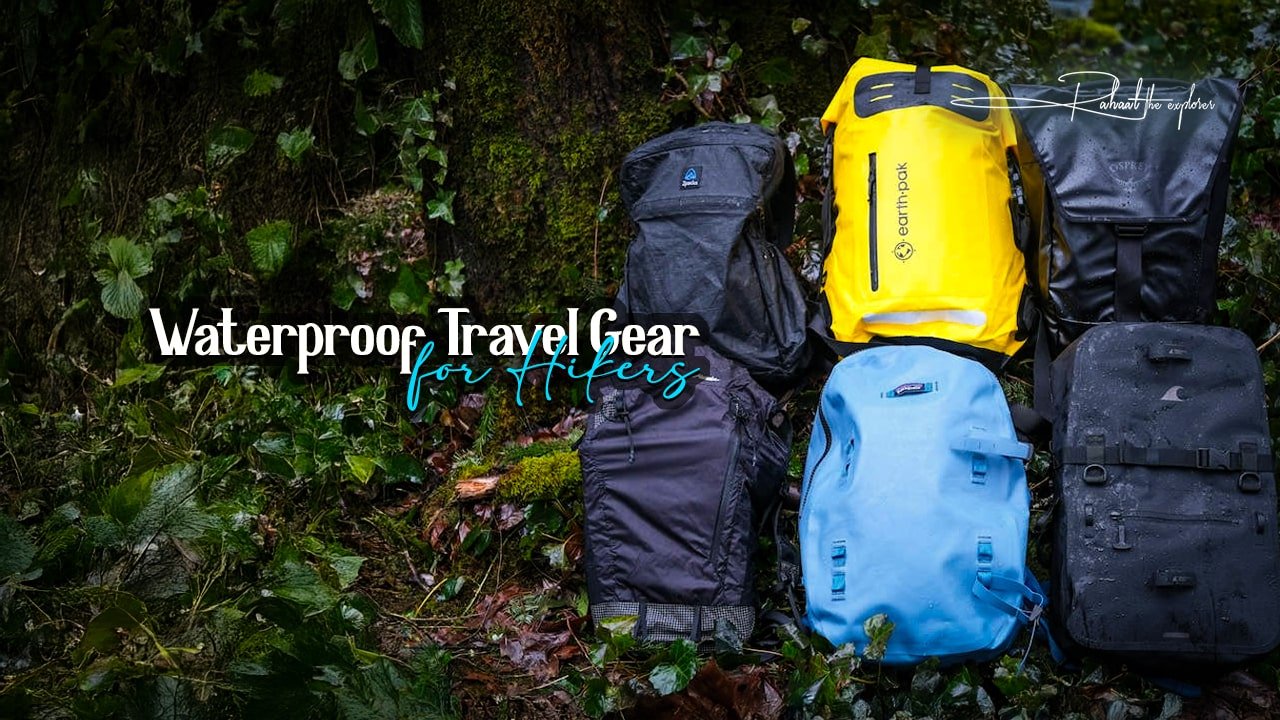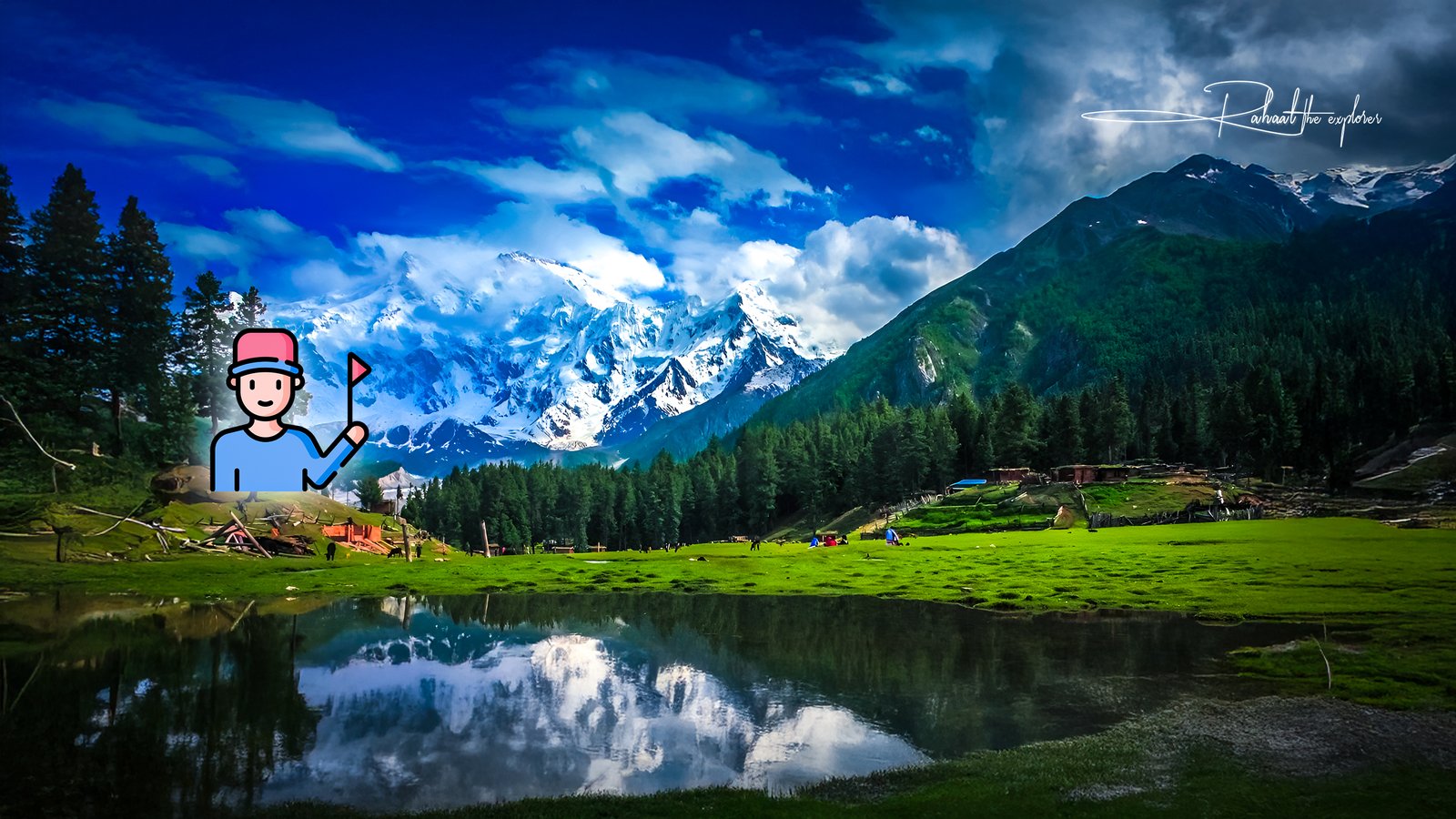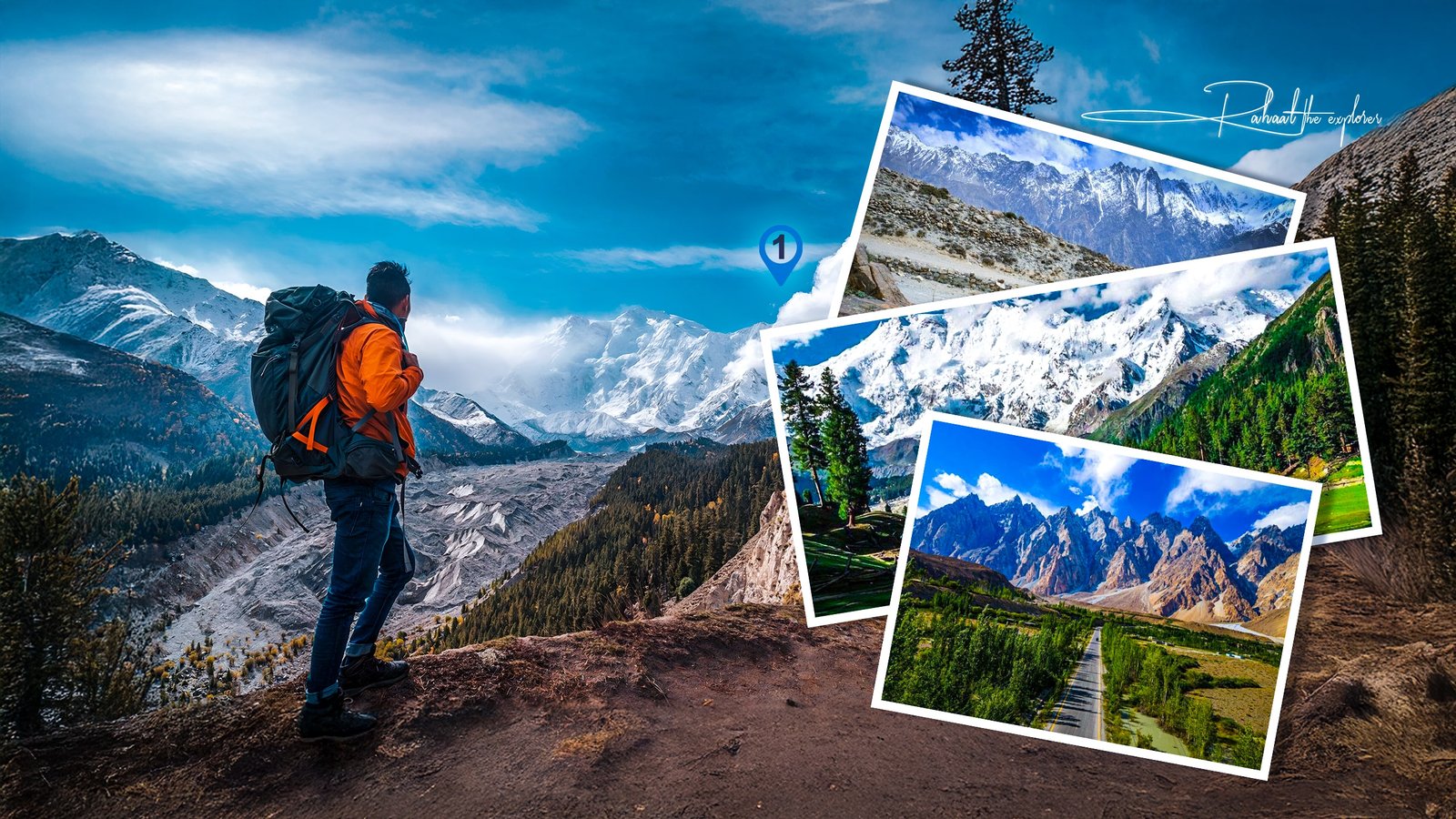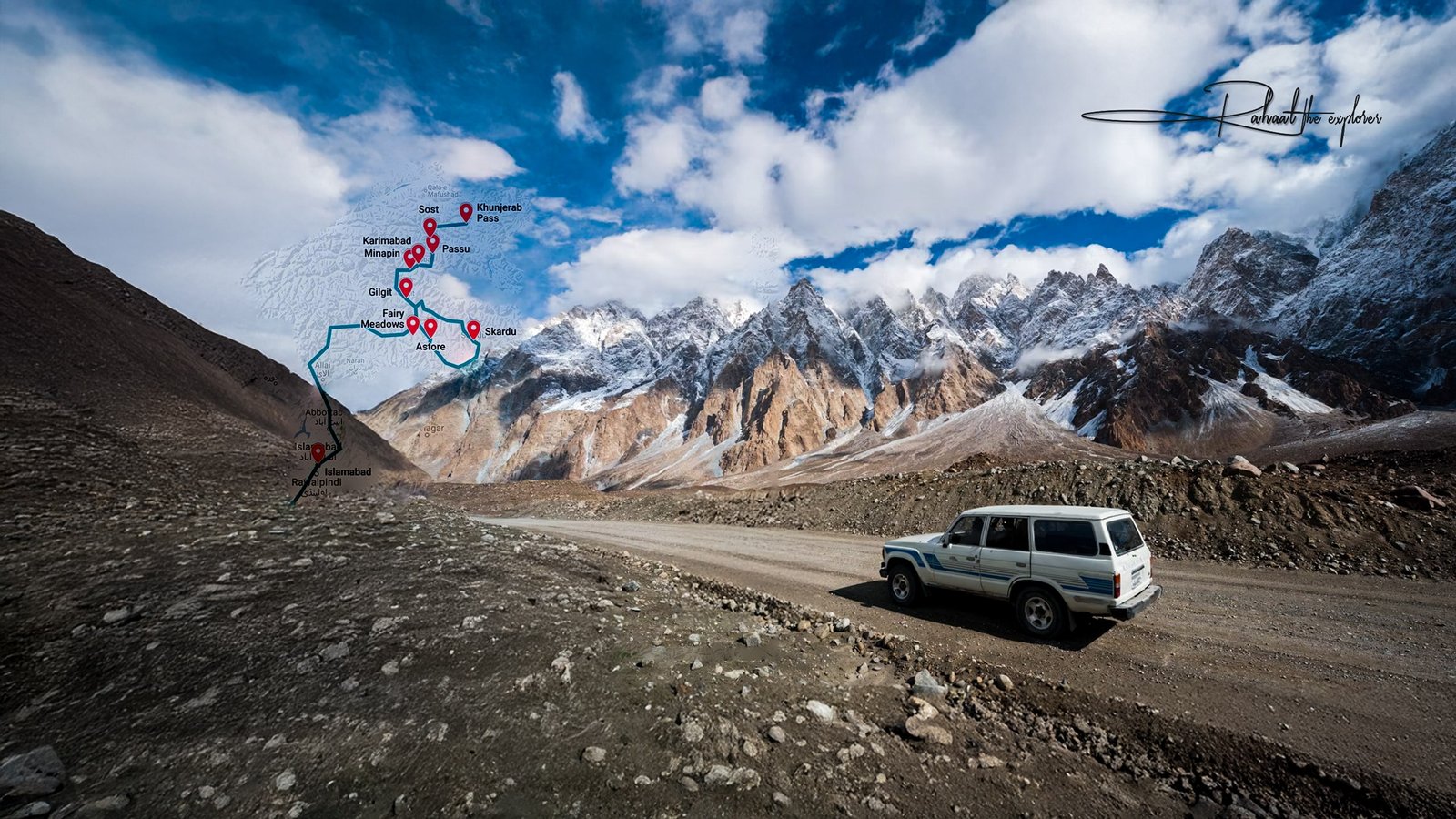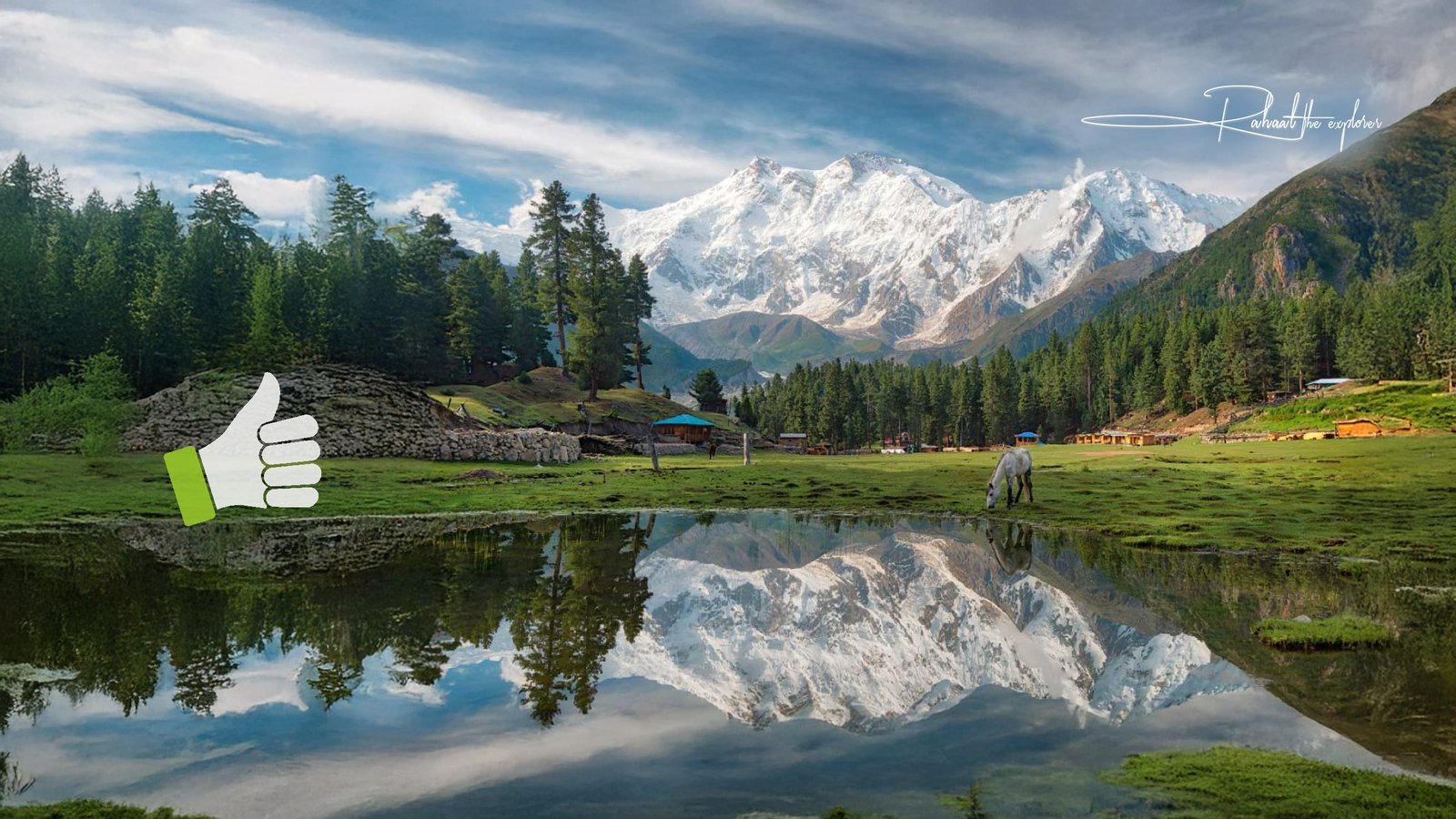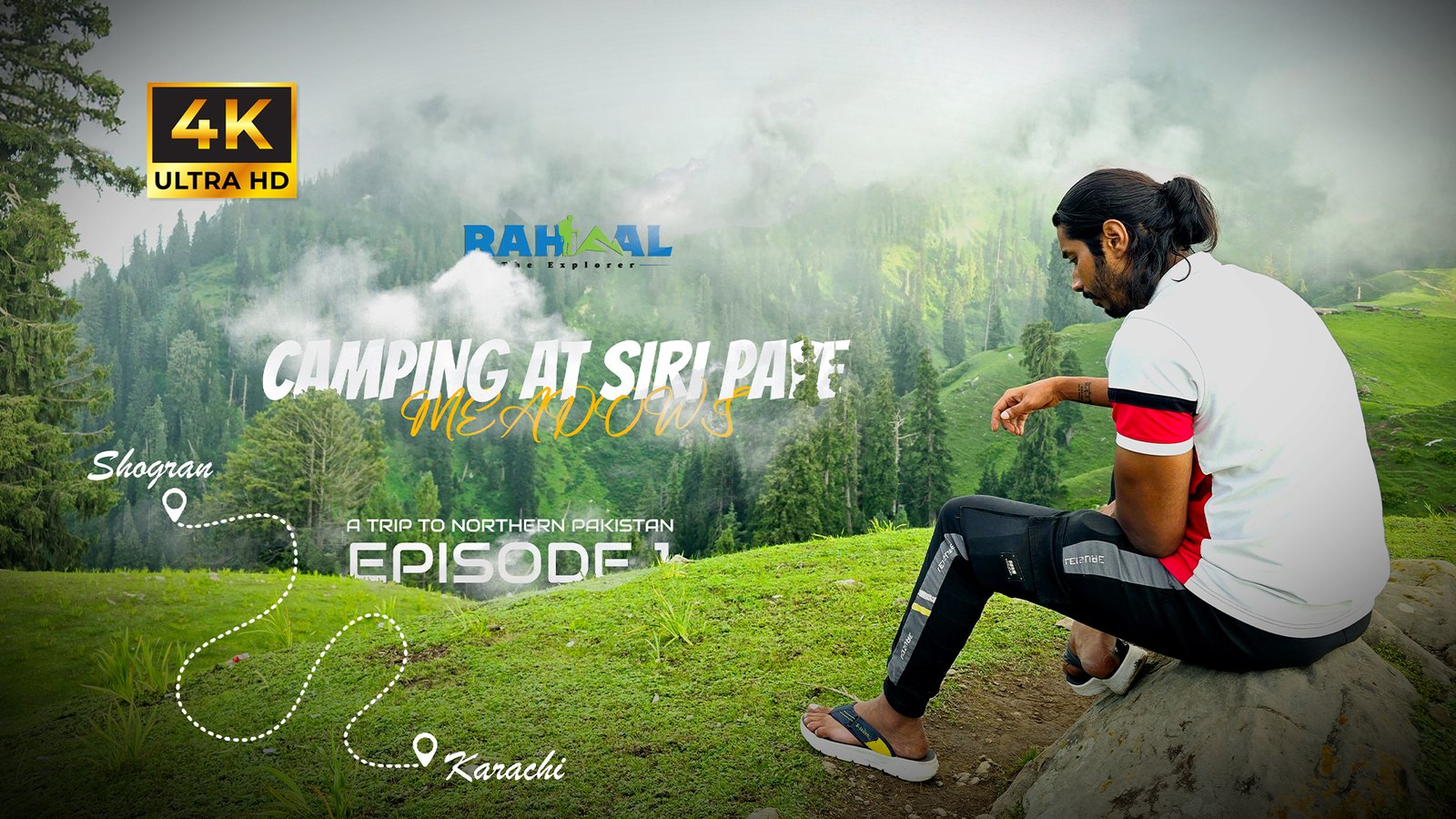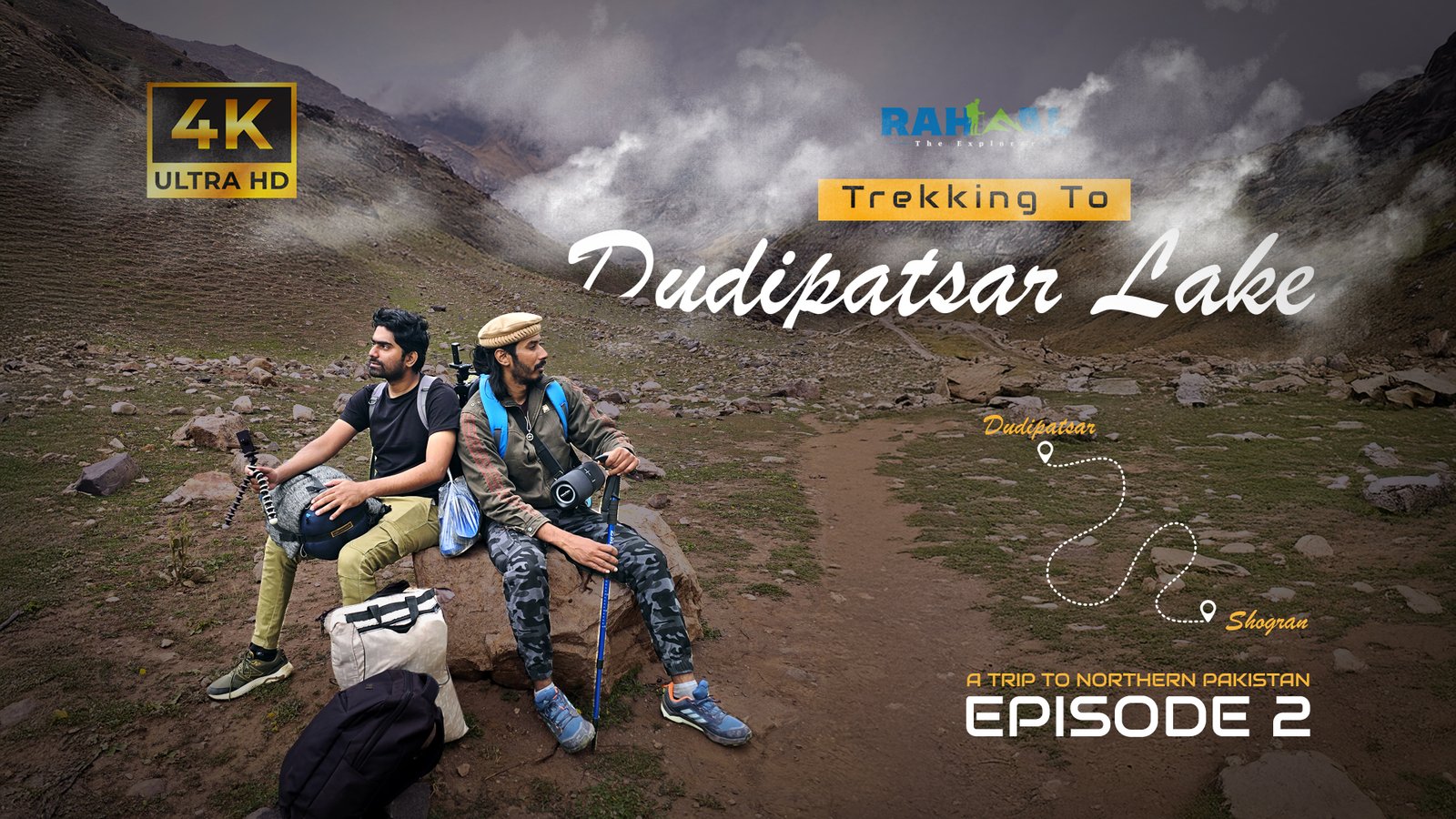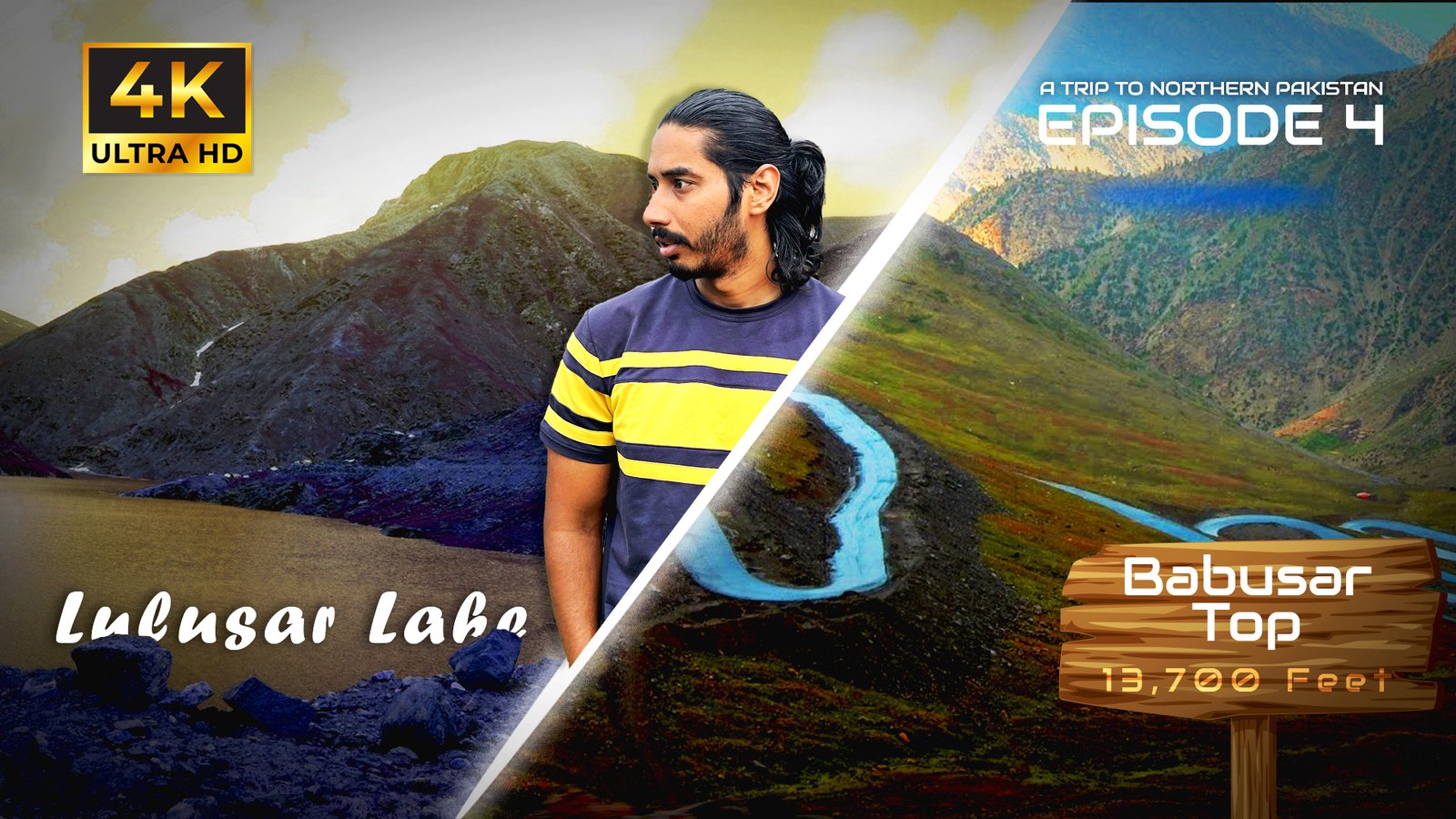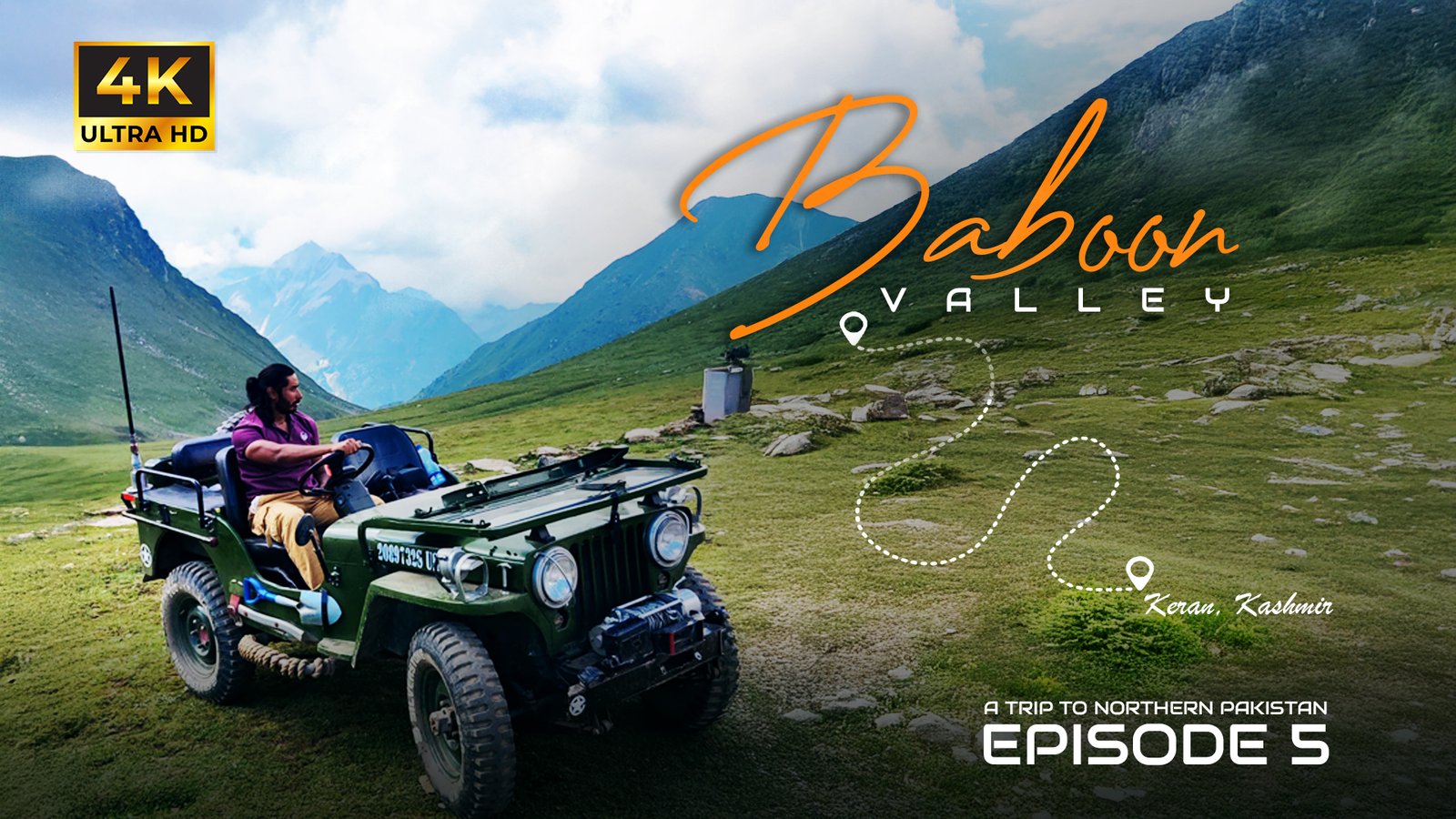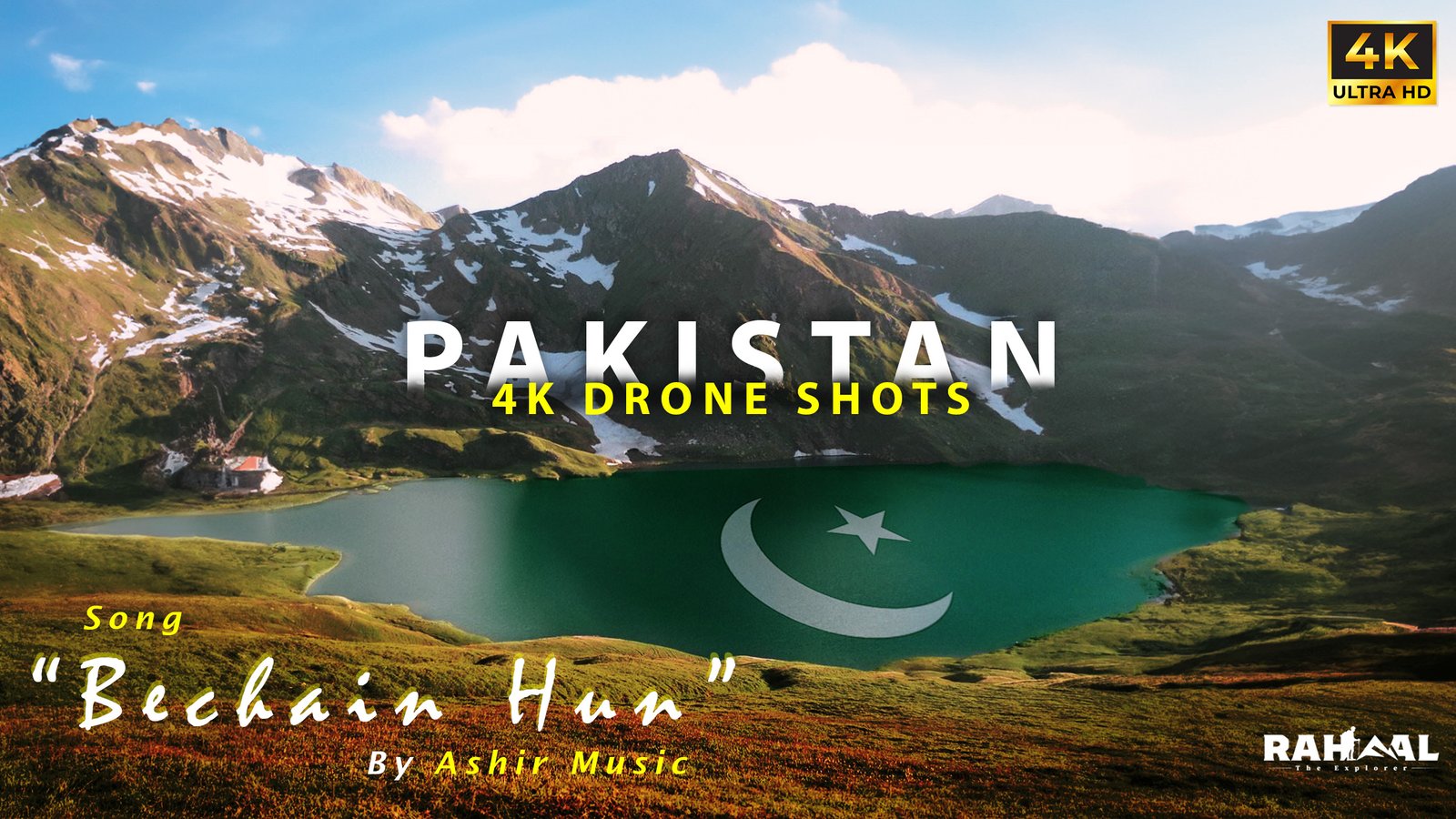When it comes to hiking, the weather doesn’t always play by the rules. One moment, you’re trekking under a clear blue sky — the next, you’re battling unexpected rain or mist. That’s why having reliable waterproof travel gear is essential for every hiker. Whether you’re tackling steep mountain trails, exploring tropical jungles, or camping in unpredictable climates, a waterproof backpack and other weather-resistant essentials can make all the difference.
In this complete guide, we’ll walk you through the best waterproof travel gear for hikers — from backpacks and clothing to accessories — all designed to keep your gear safe, dry, and functional no matter what the trail brings.
Why Waterproof Gear Is Essential for Hikers
Nature is unpredictable. Even if you check the forecast before setting out, sudden rain, stream crossings, and damp environments can still catch you off guard.
Having waterproof gear doesn’t just protect your belongings; it enhances your comfort and safety. Wet gear can add unnecessary weight, cause chafing, and lead to hypothermia in colder climates.
Benefits of Waterproof Travel Gear
- Keeps your essentials dry: Protects electronics, maps, clothes, and food.
- Reduces stress on the trail: You can enjoy the journey without worrying about unexpected rain.
- Improves comfort: Waterproof materials keep moisture away from your skin.
- Enhances safety: Dry gear means lighter weight and less fatigue.
From your waterproof backpack to your hiking boots, every layer matters when it comes to all-weather preparedness.
1. The Heart of Every Adventure: A Waterproof Backpack
Your waterproof backpack is the cornerstone of your hiking gear. It holds everything you need — from food and clothing to survival tools — and must keep it all dry and organized.
What to Look for in a Waterproof Backpack
When shopping for a waterproof backpack, consider the following features:
- Material: Choose packs made from PVC, tarpaulin, or TPU-coated nylon — all resistant to water penetration.
- Sealed seams: Look for welded seams instead of stitched ones to prevent leaks.
- Roll-top closure: This design seals out water far better than traditional zippers.
- Comfort and fit: Adjustable straps, chest buckles, and breathable padding are essential for long hikes.
- Capacity: 20–40 liters is ideal for day hikes; 50+ liters for multi-day treks.
Top Waterproof Backpack Brands for Hikers
- Osprey Transporter Roll Top: Durable, weatherproof, and stylish for both hiking and travel.
- SealLine Boundary Dry Pack: Fully submersible with an ergonomic design for long-distance hiking.
- Sea to Summit Hydraulic Dry Pack: Heavy-duty with waterproof harness system.
- The North Face Dryzzle Backpack: Combines waterproofing with urban aesthetics.
- YETI Panga Backpack 28: Near-indestructible waterproof construction with airtight zippers.
A waterproof backpack isn’t just gear — it’s your first line of defense against the elements.
2. Waterproof Hiking Boots: Protecting Every Step
Wet terrain can quickly turn a hike into a struggle. Waterproof hiking boots keep your feet dry and stable on muddy trails, slippery rocks, and rainy routes.
Key Features
- Waterproof membranes: GORE-TEX or eVent linings offer breathable waterproof protection.
- High-traction soles: Look for Vibram or Contagrip outsoles.
- Ankle support: Crucial for rugged terrain and steep climbs.
- Breathability: Prevents sweat buildup while maintaining dryness.
Recommended Waterproof Hiking Boots
- Salomon Quest 4 GTX – Durable, supportive, and built for long trails.
- Columbia Newton Ridge Plus II – Affordable yet reliable waterproof protection.
- Merrell Moab 3 Waterproof – Lightweight and versatile.
- Lowa Renegade GTX Mid – Premium comfort and longevity.
Pair your waterproof boots with quick-drying socks to prevent blisters and discomfort.
3. Waterproof Jackets: Your Outer Armor
A waterproof jacket is one of the most vital hiking essentials. It serves as your shield against rain, wind, and sudden temperature drops.
Choosing the Right Jacket
- Waterproof vs. water-resistant: Go for full waterproofing if you expect consistent exposure to rain.
- Breathability: Look for jackets with underarm vents or moisture-wicking technology.
- Packability: Lightweight and compressible jackets are ideal for travel.
- Hood design: Adjustable hoods keep your vision clear and face protected.
Top Waterproof Jackets for Hikers
- Arc'teryx Beta AR Jacket – The gold standard for durability and breathability.
- Patagonia Torrentshell 3L – Eco-friendly and affordable with strong waterproofing.
- The North Face Dryzzle Futurelight – Lightweight, breathable, and storm-proof.
A waterproof shell layer ensures you stay dry without overheating — perfect for high-energy treks.
4. Waterproof Pants and Gaiters
When hiking through rain, snow, or marshy terrain, waterproof pants and gaiters protect your lower half from splashes and mud.
Recommended Options
- Outdoor Research Helium Pants – Ultralight and easy to layer.
- Marmot PreCip Eco Pants – Environmentally friendly and reliable.
- Black Diamond StormLine Stretch Pants – Great flexibility and comfort.
- Gaiters: Add these to keep water, rocks, and debris from entering your boots.
Waterproof pants are especially useful during alpine hikes or long expeditions in unpredictable climates.
5. Dry Bags and Packing Cubes
Even the best waterproof backpack can benefit from extra layers of protection. Dry bags and waterproof packing cubes help organize and safeguard your gear.
Why Use Dry Bags
- Keep electronics, food, and clothes safe inside your main pack.
- Make packing more organized and efficient.
- Add buoyancy if you’re kayaking or crossing streams.
Popular Choices: Sea to Summit Lightweight Dry Sack, Earth Pak Dry Bags, and Osprey Ultralight Dry Sacks.
6. Waterproof Accessories Every Hiker Should Have
A. Waterproof Phone Case
Essential for navigation and photography in wet conditions. Look for IP68-rated cases like LifeProof or OtterBox.
B. Rain Cover for Backpack
If your waterproof backpack isn’t fully submersible, a detachable rain cover adds an extra layer of protection.
C. Waterproof Gloves
Keep your hands warm and functional during cold, wet hikes.
D. Waterproof Map Case
Essential for traditional navigation if your GPS fails.
E. Headlamp with Waterproof Rating
Choose one with at least IPX4 or higher for reliable illumination during rain or fog.
7. Care and Maintenance of Waterproof Gear
Waterproof gear lasts longer when properly maintained. Follow these tips:
- Clean regularly: Use mild soap; avoid harsh detergents that damage waterproof coatings.
- Reproof gear: Reapply durable water repellent (DWR) coatings periodically.
- Air dry only: Avoid machine drying; heat can ruin waterproof membranes.
- Store properly: Keep gear in cool, dry conditions to prevent mold and mildew.
Your waterproof backpack and outerwear will stay reliable for years with consistent care.
8. Packing Smart: How to Stay Organized on Wet Hikes
Even with waterproof gear, smart packing makes a difference. Follow this method:
- Line your pack: Use a heavy-duty plastic liner or dry bag inside your backpack.
- Prioritize access: Keep essentials like rain gear and snacks at the top.
- Balance weight: Distribute heavy items evenly for better stability.
- Use packing cubes: Separate wet and dry gear efficiently.
A waterproof backpack combined with strategic packing ensures comfort and preparedness throughout your hike.
9. Tips for Hiking in Wet Weather
- Check weather forecasts but be ready for sudden changes.
- Avoid cotton clothing: It absorbs moisture and dries slowly.
- Stay warm: Wet conditions can cause your body to lose heat rapidly.
- Watch your footing: Wet rocks and roots can be slippery.
- Protect electronics: Keep phones and cameras in sealed pouches.
Embracing wet-weather hiking can actually make your experience more rewarding — trails are quieter, views are misty, and nature feels more alive.
10. Recommended Waterproof Gear Checklist for Hikers
| Category | Essential Item | Example |
|---|---|---|
| Backpack | Waterproof Backpack | Osprey Transporter Roll Top |
| Footwear | Waterproof Hiking Boots | Merrell Moab 3 Waterproof |
| Outerwear | Waterproof Jacket | Arc’teryx Beta AR |
| Bottoms | Waterproof Pants | Marmot PreCip Eco |
| Accessories | Dry Bags, Phone Case, Rain Cover | Sea to Summit Dry Sack |
| Lighting | Waterproof Headlamp | Petzl Actik Core |
| Gloves | Waterproof Thermal Gloves | Sealskinz Waterproof Gloves |
This checklist covers everything you need for all-weather hiking preparedness.
FAQs About Waterproof Travel Gear for Hikers
1. What is the best waterproof backpack for hiking?
Top-rated options include the YETI Panga 28, Osprey Transporter Roll Top, and Sea to Summit Hydraulic Dry Pack — all highly durable and reliable in wet conditions.
2. Are waterproof backpacks really waterproof?
Yes, but only if made from waterproof materials (like TPU or tarpaulin) and equipped with welded seams and roll-top closures. Always check product specifications.
3. Can I make my existing backpack waterproof?
Yes! Use a backpack rain cover and dry bags inside your pack for extra protection. Reapply waterproof sprays to improve water resistance.
4. What’s the difference between waterproof and water-resistant gear?
Waterproof gear prevents water from entering entirely, while water-resistant gear repels light moisture but won’t withstand heavy rain.
5. How do I clean a waterproof backpack?
Use lukewarm water and mild soap. Avoid machine washing or dryers. Let it air dry completely before storage.
6. Do I need waterproof hiking boots for summer?
If you’re hiking in dry climates, breathable mesh shoes are fine. However, for unpredictable or wet environments, waterproof boots are essential.
Conclusion: Gear Up and Embrace the Adventure
No matter where your next hiking adventure takes you — from misty mountain trails to rainforest treks — being prepared for the elements is key. Investing in quality waterproof travel gear, especially a waterproof backpack, ensures that your journey remains comfortable, safe, and enjoyable.
As you plan your next expedition, remember: the right gear isn’t just about comfort — it’s about confidence. So, pack smart, stay dry, and explore the wild with peace of mind.


